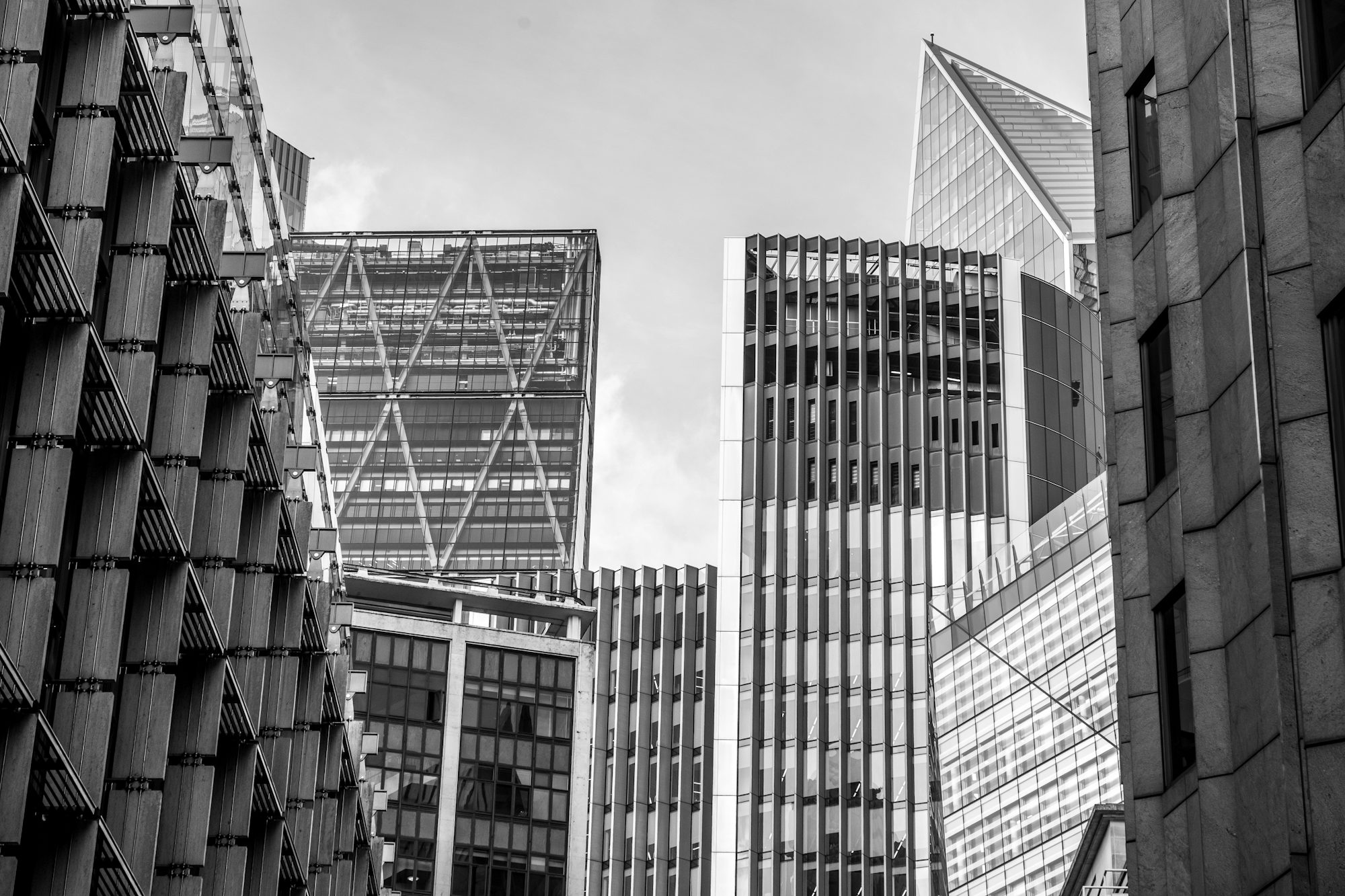Skyscrapers have long been emblematic of urban growth, showcasing a city’s ambition and technological prowess. However, beyond their towering heights and stunning aesthetics, these structures play a pivotal role in shaping the future of urban living. As cities worldwide face challenges such as population growth, environmental concerns, and economic shifts, skyscrapers are evolving to meet these demands. This article examines the multifaceted impact of skyscrapers on urban environments, focusing on sustainability, community integration, and economic development.
Historically, skyscrapers began as solutions to urban land scarcity. With rising populations in cities during the late 19th century, architects and developers sought ways to maximize space by building upwards. The first skyscrapers, like the Home Insurance Building in Chicago, utilized innovative steel-frame construction, allowing for the creation of taller and more resilient structures. Today, this trend continues as cities grapple with increasing populations and limited land.
The role of skyscrapers in urban sustainability cannot be overstated. Many modern skyscrapers incorporate eco-friendly technologies and designs aimed at reducing their environmental footprint. For instance, green roofs, solar panels, and rainwater harvesting systems are becoming standard features in new skyscraper developments. These initiatives not only help mitigate urban heat effects but also promote biodiversity and improve air quality in densely populated areas.
One prime example is the Bosco Verticale in Milan, which features residential units intertwined with trees and plants. This innovative design not only enhances the building’s aesthetic appeal but also contributes to better air quality and reduces energy consumption by providing natural insulation. Such sustainable practices are crucial as cities aim to reduce their greenhouse gas emissions and adapt to climate change.
Moreover, skyscrapers can significantly influence urban energy efficiency. By concentrating people and businesses in a smaller footprint, they reduce the need for extensive transportation networks. This density can lead to more efficient public transit systems and fewer cars on the road, ultimately decreasing congestion and pollution. As cities embrace the concept of smart urbanism, skyscrapers are positioned as integral components in creating more efficient urban ecosystems.
In addition to their environmental benefits, skyscrapers also serve as vital community spaces. Mixed-use skyscrapers that combine residential, commercial, and recreational facilities are increasingly popular, fostering vibrant urban communities. These developments encourage social interaction by providing residents with easy access to shops, restaurants, and leisure activities. An example of this trend is the Hudson Yards project in New York City, which combines residential units with retail spaces and public parks, creating a lively community hub.
The integration of public spaces within skyscrapers is also essential for enhancing community engagement. Many new skyscrapers feature open areas such as observation decks, gardens, and plazas that invite the public to experience the architecture in a communal setting. By creating spaces where people can gather, skyscrapers become more than just buildings; they evolve into social landmarks that contribute to the cultural fabric of the city.
Economic development is another critical aspect of skyscraper construction. The presence of skyscrapers often signals a city’s economic vitality, attracting businesses and investments. As companies seek prestigious addresses, skyscrapers can serve as prime locations for headquarters and offices, enhancing a city’s competitiveness in the global market. The presence of iconic skyscrapers can elevate a city’s brand, making it more attractive to international businesses and tourists alike.
Furthermore, skyscrapers generate significant economic activity during both the construction phase and their operational lifespan. The construction of a skyscraper creates thousands of jobs, from skilled labor to project management, contributing to local economies. Once operational, these buildings continue to stimulate economic growth through employment opportunities in retail, hospitality, and services.
Investment in skyscraper development can also lead to increased property values in surrounding neighborhoods. As the skyline transforms with new, modern buildings, the desirability of the area often rises, leading to an influx of businesses and residents. This gentrification, while beneficial in some respects, can also present challenges, such as displacement of long-term residents and changes in neighborhood character. It is essential for urban planners and policymakers to balance development with community needs, ensuring that the benefits of skyscrapers are equitably shared.
Another important aspect of skyscrapers is their cultural significance. Iconic skyscrapers often become symbols of a city’s identity, representing its values, history, and aspirations. Buildings like the Burj Khalifa in Dubai or the Shard in London are not just architectural achievements; they embody the spirit of their respective cities and attract millions of visitors each year. Such structures can inspire pride among residents and contribute to a city’s global image.
The rise of technology in skyscraper design and construction is also transforming urban living. Innovations such as Building Information Modeling (BIM), modular construction, and smart building technologies enhance efficiency and sustainability. These advancements allow for more precise planning, reduced waste, and improved energy management. As technology continues to evolve, skyscrapers will likely integrate even more sophisticated systems that enhance the occupant experience while minimizing their environmental impact.
As we look to the future, the potential for skyscrapers to contribute positively to urban living is immense. However, challenges remain. Cities must address issues such as affordability, accessibility, and inclusivity in their development plans. Skyscrapers should not just cater to the affluent but should be designed to meet the needs of diverse populations, providing affordable housing options and community spaces for all.
In conclusion, skyscrapers are much more than mere structures; they are dynamic entities that shape urban life in multifaceted ways. Their evolution reflects the changing needs and aspirations of cities as they adapt to growing populations, environmental challenges, and economic demands. By embracing sustainability, fostering community integration, and driving economic development, skyscrapers can play a vital role in shaping the future of urban living. As we continue to build upwards, it is essential to ensure that our skyscrapers serve as inclusive, vibrant spaces that enhance the quality of life for all urban residents. The future of our cities depends on how we design and integrate these iconic structures into the fabric of urban life.




